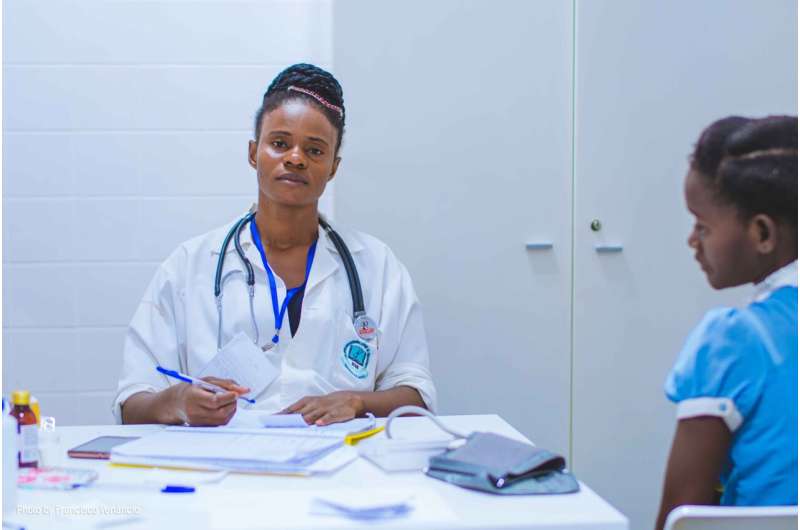Advanced Imaging Techniques Reveal Bone Changes During Hip Replacement Surgery

New high-resolution imaging techniques have uncovered detailed microstructural changes in bones during hip replacement surgeries, helping to improve surgical methods and implant stability.
Innovative imaging technologies have provided unprecedented insights into the microscopic changes occurring within bones during hip replacement procedures. Researchers at the University of Warwick, collaborating with University Hospitals Coventry and Warwickshire NHS Trust, utilized high-resolution micro-CT imaging and digital volume correlation (DVC) to analyze how specific surgical practices influence bone behavior during uncemented total hip arthroplasty (THA).
Uncemented hip implants are designed with textured surfaces that encourage direct bone growth onto the implant, forming a natural and durable bond. This approach contrasts with cemented implants, which rely on bone cement that can degrade over time. As the demand for uncemented hip replacements is projected to increase significantly—expected to rise fivefold among younger adults by 2030—refining surgical techniques has become critically important.
Lead researcher Vineet Seemala explained that their study provided detailed insights into the microstructural changes of bone during surgery. They observed that surgical steps such as broaching, a process where surgeons shape the femoral canal to fit the implant, can cause the surrounding bone to deform and become more densely packed. This process results in the formation of a three-point contact between the bone and implant, despite the overall contact surface being minimal due to the porous nature of trabecular bone.
The study revealed that while direct surface contact was limited to just 3-5%, the implant achieved a high degree of fit with the surrounding bone (around 82% of maximum fit). Furthermore, broaching was found to compact bone fragments into adjacent areas, increasing local bone density by up to 21%. These fragments operate like natural grafts, potentially strengthening the implant site.
Using advanced imaging methods, this research illuminated how bone density and strain change during the preparation phase, which traditional scanning and modeling could not capture. Dr. Arnab Palit from WMG highlighted that these findings help comprehend how bone-broach and bone-implant interactions evolve, contributing to the development of more accurate, personalized surgical models.
Professor Richard King emphasized that understanding these interactions is vital for improving implant design and surgical outcomes. By gaining deeper insights into how individual bones respond to different approaches, surgeons can optimize implant placement and reduce risks such as loosening, fractures, or misalignment.
This research underscores the importance of refined surgical techniques and advanced imaging in prosthetic joint surgeries, with the potential to enhance long-term stability and patient recovery. It also paves the way for more tailored pre-surgical planning tools that consider individual bone characteristics, ultimately aiming for better, more durable results in hip replacement surgeries.
Source: https://medicalxpress.com/news/2025-09-imaging-techniques-bones-hip-surgery.html
Stay Updated with Mia's Feed
Get the latest health & wellness insights delivered straight to your inbox.
Related Articles
Redefining the Public Health Workforce: Embracing a More Inclusive and Broader Framework
A new study advocates for a broader, more inclusive definition of the public health workforce, emphasizing impact over job titles to strengthen health systems and address complex community challenges.
Link Between Low-Level Arsenic Exposure in Drinking Water and Adverse Birth Outcomes
New research shows that even low levels of arsenic in public drinking water may increase risks of preterm birth and low birth weight, highlighting the need for stricter water safety standards.
Sprout Organics Expands Recall of Baby Food Pouches Due to Lead Contamination Risk
Sprout Organics has expanded its recall of baby food pouches due to potential lead contamination, affecting multiple lots sold nationwide. Learn how to identify affected products and ensure your child's safety.
New Biomarkers May Predict Failure of Treatment in Metastatic Prostate Cancer
Blood-based biomarkers such as platelets, CRP, and chromogranin A may help predict treatment failure in metastatic prostate cancer, enabling personalized therapeutic strategies.



